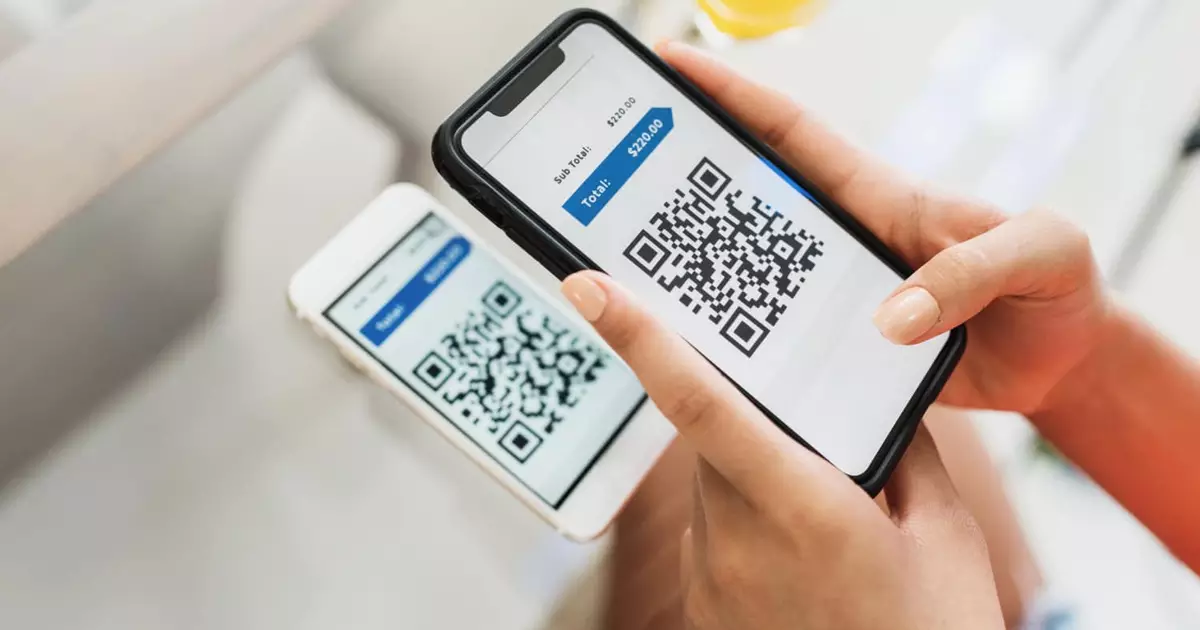
summary
Pix celebrates its fifth anniversary by introducing new methods such as automatic, smart and installment payments, diversifying its use and consolidating the system as Brazil’s main digital payment method.
Pix turns 5 on November 16th and has already established itself as the country’s main payment method, becoming a symbol of Brazil’s digital transformation. In just five years, the system created by the central bank has become ubiquitous, used by more than 150 million Brazilians and adopted by virtually every bank, fintech, and large platform.
But the 2025 Pix is very different from the one launched in 2020. Today, a true ecosystem of modalities has emerged that expands the range and adapts original models to new market needs. Auto Pix, Scheduled Pix, Approximate Pix, and the long-awaited Pix installments are just a few of the innovations shaping the future of instant payments.
According to experts from Iniciador, a reference company for payments infrastructure and open finance, this diversification represents a new stage in the maturity of the system, which will establish itself as the main form of digital payments in the country, with more than 290 million transactions and R$164.8 billion transferred in a single day in September 2025. However, having multiple options also poses the challenge of explaining the role of each modality to the public.
“Pix is no longer just an instant money transfer; it is now part of a smarter, more integrated payments infrastructure that connects with everyday habits and expands people’s financial access,” explains Gustavo Bresler, COO of Iniciador.
automatic pictogram
You can set up automatic debits through Pix, perfect for regular payments of fixed or variable amounts. Recipients have 7 days from the payment date to make a new attempt and can define a repeat period, per-payment limit, and authorization expiration date. The receiving account must be a corporate account.
When to use: Recurring fees, bill payments, installments, subscriptions, monthly fees.
Scheduled or recurring pix
You can schedule payments for future dates, such as fixed commitments or planned expenditures. This allows users to automate recurring payments up to 60 days in the past two years, all with a single approval. Users can preconfigure all information. This feature not only offers lower transaction costs than bank slips and credit cards, but also eliminates the risk of forgotten items and defaults.
When to use: Recurring Fees, Monthly Fees, Subscriptions, Planned Investments, and Recurring Expenses.
Pixelization by approximation
Leverage Jornada Sem Redirect to bring Pix to brick-and-mortar stores, allowing you to add Pix to your digital wallet as a contactless payment method at NFC-enabled machines and point-of-sale (POS), similar to using contactless cards.
When to use: Suitable for quick, in-person purchases and offers touch-based convenience.
Pix – Pay with the app (via Open Finance)
Allows you to initiate payments within your partner’s app or website. Instead of copying and pasting a code or scanning a QR code, users can make payments directly on the website or app they’re browsing and are redirected to their bank’s app just to approve the transaction. This process is up to 50% faster than traditional methods, and recipients are notified instantly in case of approval, rejection, or cancellation.
When to use: Online checkout, in-app payments, bill and pay links, and conversational payments.
smart pix
Set up rules so you can automate instant transactions between accounts with the same ownership. This feature opens the door to programming event-based transactions, such as identifying negative balances in one account and automatically transferring available funds to another account to cover an overdraft. Use Open Finance to communicate between different banks and fintechs.
When to use: Intelligent financial management (PF and PJ), automatic overdraft protection and intelligent investment (profit maximization and automatic investment).
Pix installments (final stage of definition by central bank)
The big news coming in 2025 is the ability to pay for purchases in installments through Pix, preserving instant payment for recipients. The central bank will consult with the financial sector on whether this model follows direct credit or intermediated credit by participating institutions.
When to use: It allows you to make larger purchases and provides a quick alternative to not using a credit card.
The importance of financial education and open finance
While the new methodology brings convenience and flexibility, the initiators emphasize that Pix’s success also relies on financial education and transparency.
“With so many options, it is important for consumers to understand the differences and when to use each. This ensures more control and security and allows them to take advantage of the benefits of the system,” commented Bressler.
According to the central bank, 85% of Brazil’s financial transactions are already carried out via mobile phones. The integration of Open Finance and Pix is expected to further accelerate this process, connecting accounts, services, and experiences within a more fluid digital ecosystem.



